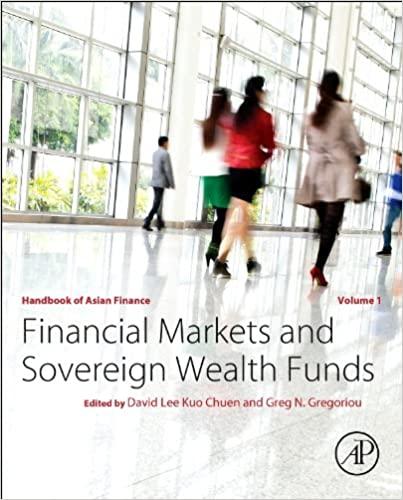Answered step by step
Verified Expert Solution
Question
1 Approved Answer
what is the state probability of 1-10? Suppose we are interested in analyzing the market share and customer loyalty for Murphy's Foodliner and Ashley's Supermarket,
what is the state probability of 1-10? 
Suppose we are interested in analyzing the market share and customer loyalty for Murphy's Foodliner and Ashley's Supermarket, the only two grocery stores in a small town. We focus on the sequence of shopping trips of one customer and assume that the customer makes one shopping trip each week to either Murphy's Foodliner or Ashley's Supermarket, but not both. The data shows that of all customers who shopped at Murphy's in a given week, 90% shopped at Murphy's the following week while 10% switched to Ashley's. The data shows that of all customers who shopped at Ashley's in a given week, 80% shopped at Ashley's the following week while 20% switched to Murphy's. Suppose that we are considering the Markov process associated with the shopping trips of one customer, but we do not know where the customer shopped during the last week. Thus, we might assume a 0.5 probability that the customer shopped at Murphy's (State 1 ) and a 0.5 probability that the customer shopped at Ashley's (State 2) at period 0 ; that is, 1(0)=0.5 and 2(0)=0.5. Given these initial state probabilities, develop a table showing the probability of each state in future periods. (Round your answers to three decimal places.) What are the long-run probabilities of each state? Murphy's : 1=. Ashley's 2= Suppose we are interested in analyzing the market share and customer loyalty for Murphy's Foodliner and Ashley's Supermarket, the only two grocery stores in a small town. We focus on the sequence of shopping trips of one customer and assume that the customer makes one shopping trip each week to either Murphy's Foodliner or Ashley's Supermarket, but not both. The data shows that of all customers who shopped at Murphy's in a given week, 90% shopped at Murphy's the following week while 10% switched to Ashley's. The data shows that of all customers who shopped at Ashley's in a given week, 80% shopped at Ashley's the following week while 20% switched to Murphy's. Suppose that we are considering the Markov process associated with the shopping trips of one customer, but we do not know where the customer shopped during the last week. Thus, we might assume a 0.5 probability that the customer shopped at Murphy's (State 1 ) and a 0.5 probability that the customer shopped at Ashley's (State 2) at period 0 ; that is, 1(0)=0.5 and 2(0)=0.5. Given these initial state probabilities, develop a table showing the probability of each state in future periods. (Round your answers to three decimal places.) What are the long-run probabilities of each state? Murphy's : 1=. Ashley's 2= 
Step by Step Solution
There are 3 Steps involved in it
Step: 1

Get Instant Access to Expert-Tailored Solutions
See step-by-step solutions with expert insights and AI powered tools for academic success
Step: 2

Step: 3

Ace Your Homework with AI
Get the answers you need in no time with our AI-driven, step-by-step assistance
Get Started


